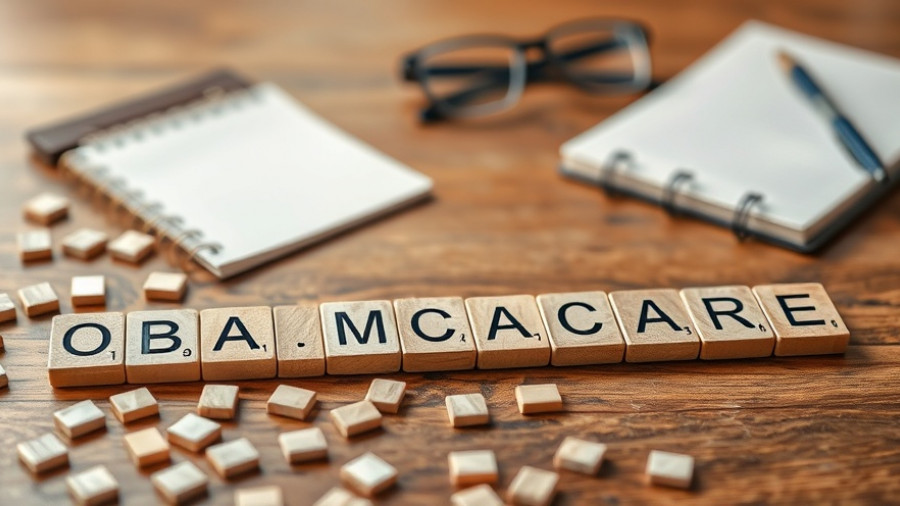
Understanding the Costs of Emergency Surgeries Amid Racial Disparities
Emergency surgeries in the United States have become a significant financial strain on healthcare spending, with new research shedding light on the racial disparities in associated costs. According to a study published in Surgery Open Science, emergency procedures can cost patients up to 33% more than planned surgeries, adding an average of $13,645 to their bills. Disturbingly, this financial burden is even heavier for minority groups.
Racial Disparities in Healthcare Costs
Black patients, for instance, experience emergency surgery costs that are 19% higher than their white counterparts. Asian and Pacific Islander patients face even greater disparities, paying 29% more for such procedures, while Hispanic patients incur 11% more than white patients. This disparity emphasizes the significant impact of unequal access to preventive care—Crucial regular screenings can often transform an emergency procedure into a planned one, ultimately saving lives and costs.
Importance of Preventive Care
Dr. Saad Mallick, the lead researcher, stresses that 45% of surgeries analyzed occurred under emergency conditions—a significant rise from 39% in the past decade. The solution lies in increasing access to routine medical screenings and preventive resources. With advancements in medical technology, conditions such as abdominal aortic aneurysms and heart diseases could be detected and managed before escalating into emergencies. The study highlights that converting just 10% of emergencies into planned surgeries could save approximately $1.8 billion a year, presenting a clear opportunity for systemic improvements in healthcare.
Future Trends: Bridging the Gap
The findings provoke a crucial question: Are we committed to ensuring equal access to these vital services? As healthcare spending continues to rise, addressing these disparities is not just a moral imperative but also a financial necessity. Undoubtedly, the healthcare system must adapt strategies that prioritize preventive care, particularly for marginalized communities. Not only would this save costs, but it would also improve overall health outcomes and reduce preventable medical crises.
Actionable Steps Towards Change
To tackle these challenges, engaging in community health initiatives aimed at enhancing access to preventive care is essential. Awareness campaigns can empower individuals of all racial backgrounds to seek routine check-ups, while policymakers can advocate for equitable healthcare legislation. Together, these efforts can significantly alter the trajectory of emergency surgery costs among diverse populations.
Contact us for more details on how you can support better healthcare access for all. Every effort counts in building a more equitable healthcare system.
 Add Row
Add Row  Add
Add 




Write A Comment